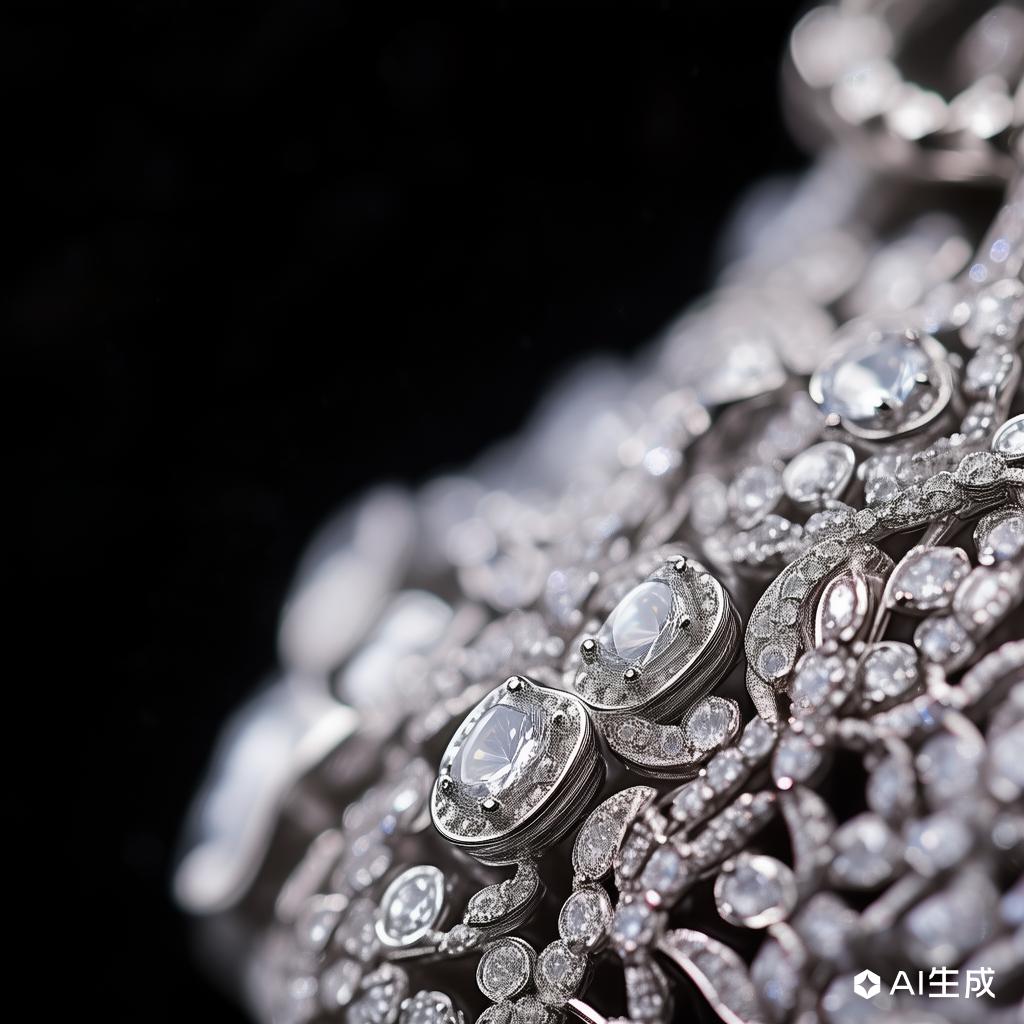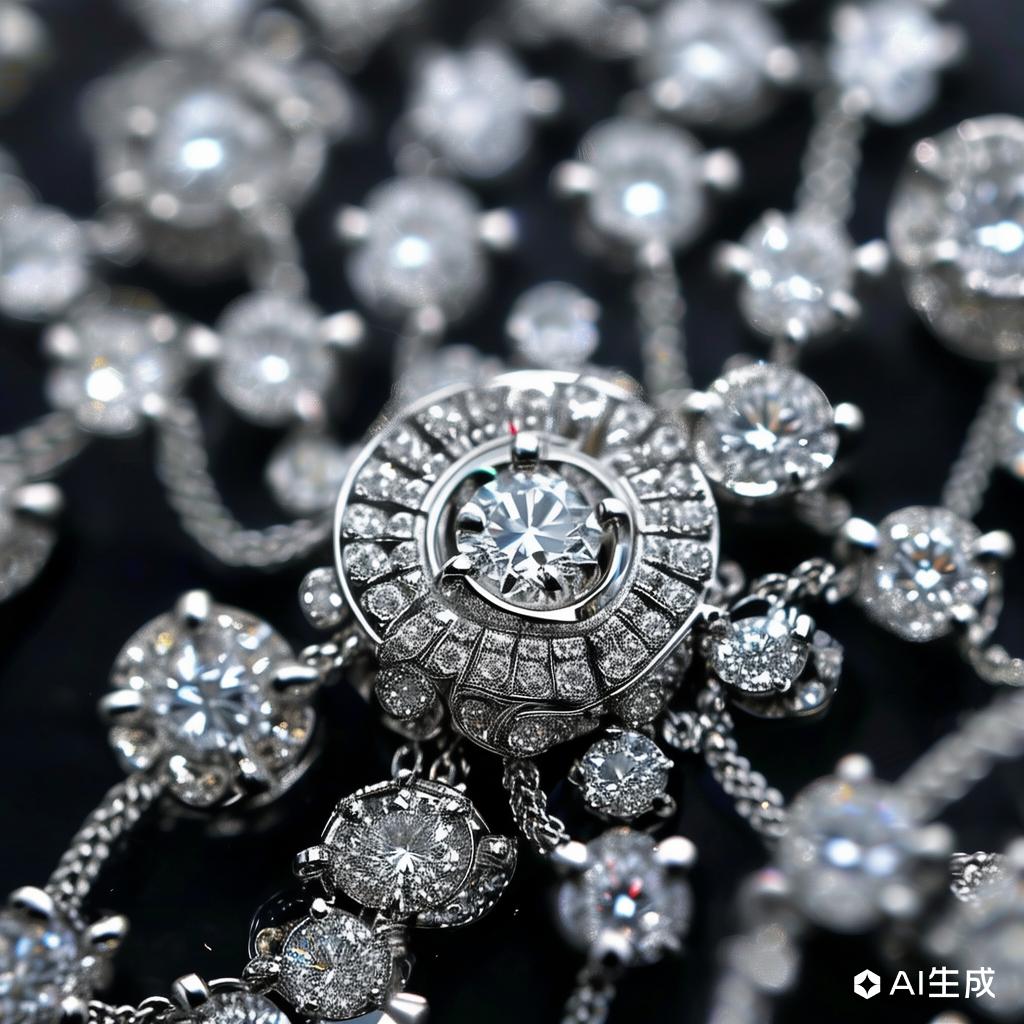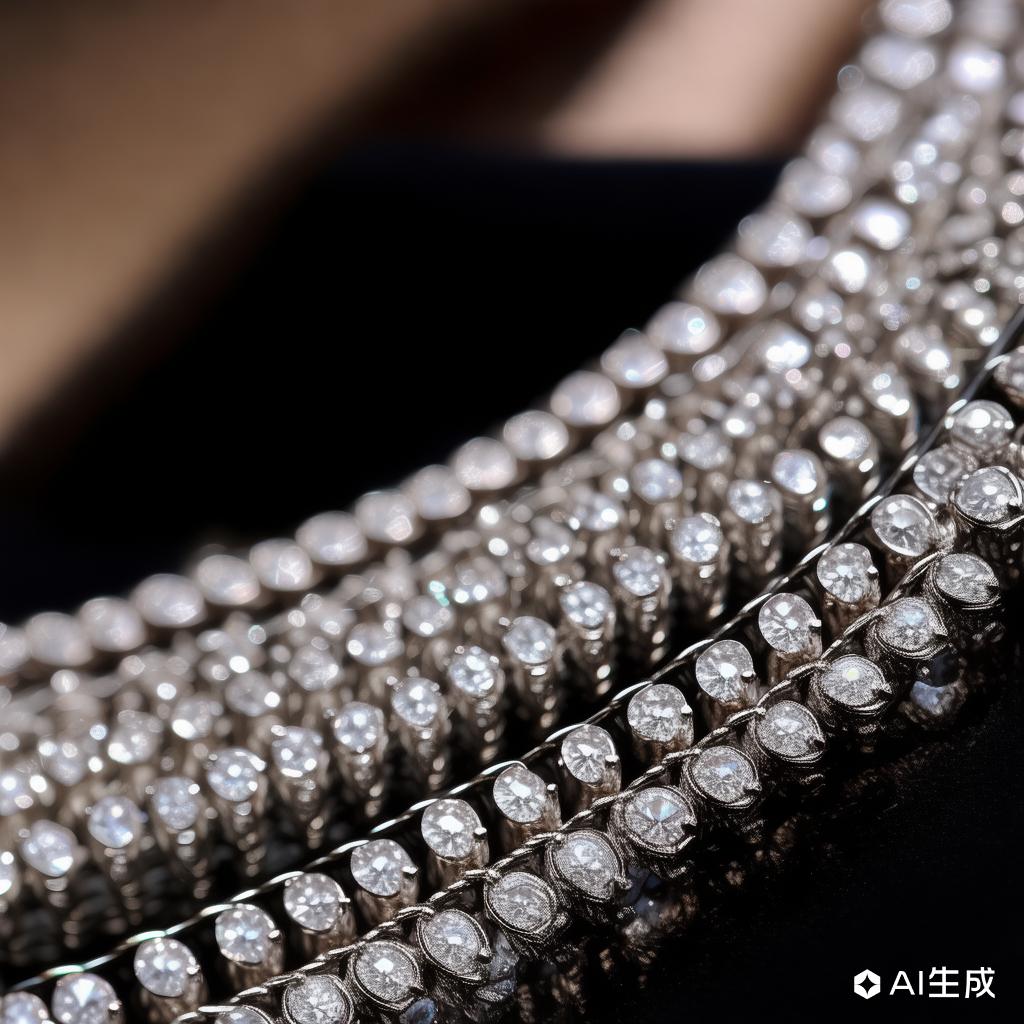Mastering Micro-Setting Techniques in Jewelry Crafting
Share



In the intricate world of jewelry making, micro-setting techniques have emerged as a pinnacle of craftsmanship and precision. This delicate art form involves setting small gemstones into a piece of jewelry in such a way that they appear to be part of the design itself, rather than simply being attached. The result is a stunning, seamless look that can elevate any piece from ordinary to extraordinary.
Micro-setting is particularly popular in high-end jewelry, where the demand for intricate detailing and flawless execution is paramount. The technique requires a steady hand, a keen eye, and a deep understanding of both the materials and the tools involved. Here’s a closer look at the key aspects of micro-setting in jewelry:
### Tools and Materials
The foundation of successful micro-setting lies in the tools and materials used. Jewelers typically employ a range of specialized tools, including:
- **Micro Pliers:** For precise handling of tiny gemstones.
- **Fine-Tipped Tweezers:** Essential for placing stones in their settings.
- **Magnifying Lenses:** To ensure accuracy in the smallest details.
- **Diamond Burrs:** For creating the perfect seat for each gemstone.
The choice of gemstones is also crucial. Popular options include diamonds, sapphires, and rubies, chosen for their durability and brilliance.
### Techniques
There are several micro-setting techniques, each suited to different types of jewelry and design preferences:
1. **Pavé Setting:** This involves setting small gemstones closely together, creating a "paved" look. The stones are held in place by tiny beads of metal raised from the band.
2. **Channel Setting:** Here, gemstones are set between two strips of metal, creating a sleek, uninterrupted line.
3. **Prong Setting:** Tiny prongs hold each gemstone in place, allowing maximum light to enter and enhancing the stone’s sparkle.
### Benefits
Micro-setting offers several advantages:
- **Aesthetic Appeal:** The seamless integration of gemstones enhances the overall beauty of the piece.
- **Durability:** Properly set stones are less likely to fall out, making the jewelry more durable.
- **Customization:** Jewelers can create unique, personalized designs that stand out.
### Challenges
Despite its benefits, micro-setting is not without challenges:
- **Time-Consuming:** The process requires meticulous attention to detail and can be labor-intensive.
- **Skill Level:** It demands a high level of skill and experience, making it less accessible to novice jewelers.
### Tips for Success
For those looking to master micro-setting, here are some tips:
- **Practice Regularly:** Like any skill, practice is key to perfection.
- **Invest in Quality Tools:** The right tools can make a significant difference in the outcome.
- **Study Existing Work:** Analyzing the work of master jewelers can provide valuable insights.
In conclusion, micro-setting is a testament to the artistry and precision that define high-quality jewelry. By understanding the tools, techniques, and challenges involved, jewelers can create pieces that are not only beautiful but also enduring.